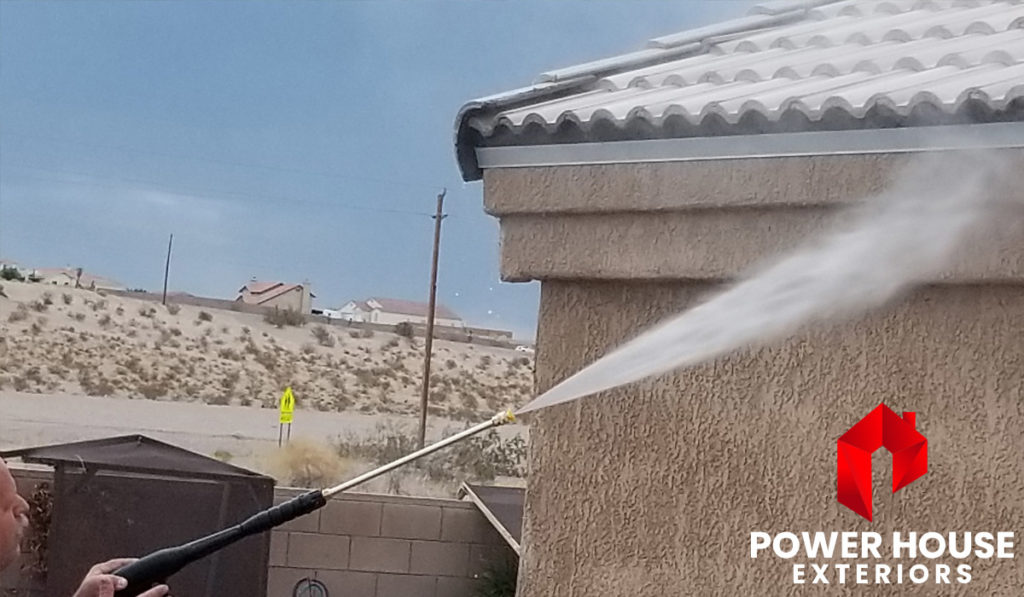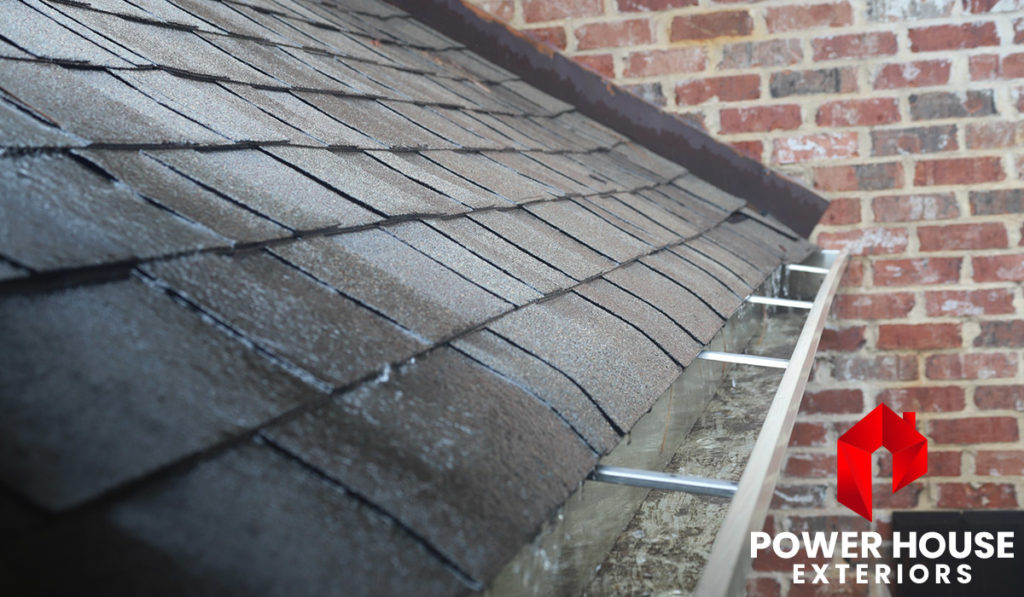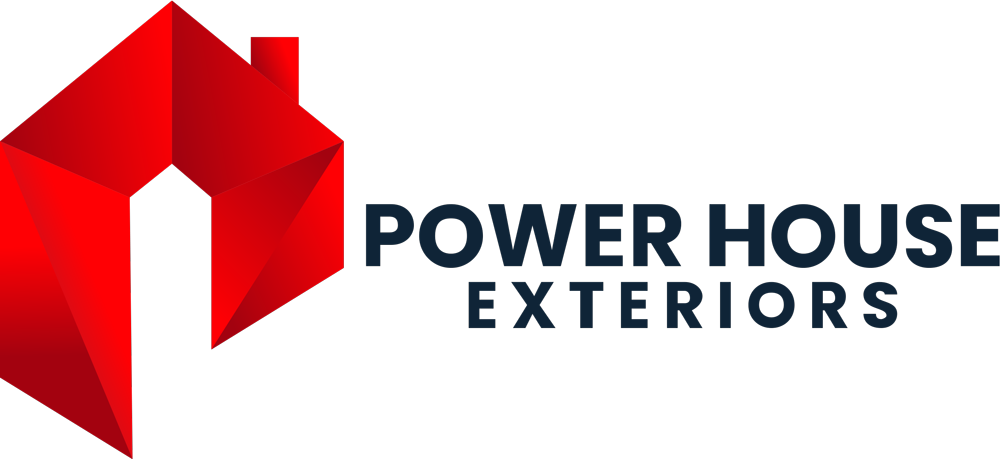
So It's Time To Clean Your Roof...
Whether you need to replace shingles, clean gutters, or even install a new roof, knowing how to clean your roof is important. The roof is an often overlooked component of the home. While algae doesn’t actually damage the roof, it can significantly impact its appearance. Further, removing growth from your shingles, dirt, and debris can damage your new roof and shorten the lifespan of your roof.
Table of Contents
Roof cleaning is a necessary and often overlooked process. Roof cleaning is also the procedure of removing mold, algae, mildew, moss and lichen from roofs after inclement weather. Cleaning roof oxidation may prolong the lifespan of a roof.
In the United States, the Department of Housing and Urban Development (HUD) offers a national roof cleaning program that is broken down into two parts: residential and commercial. The residential roof cleaning program offers nationwide guidelines for state agencies providing property management and inspections. The commercial roof cleaning program offers nationwide standards for property management and inspections. Both programs provide national-and state-specific guidelines and data for making best commercial practices with your roof. In addition, both programs require regular inspections.
Why Should I Clean My Roof?
Shingles that look like they are fine are not always in the best of shape. We have routinely seen in the Treasure Valley roofs that look great from the street but once you get up close and personal with them they are missing granules which cause the roof to lose its ability to protect your home much faster. If you have a wood or slate roof a simple crack could easily cause water damage inside of your home and specifically to your ceiling and insulation.

How often you should clean your shingle roofs will depend on the conditions. If you live in a rainy climate, or you often walk on the roof (especially when washing the car), then you should clean your roof’s at least once a year. If you do not clean your roofs, they will become dirty and stained which may damage the appearance and durability. Also, stepping on your roofs can cause cracks and other damage, so it is better to learn how to avoid walking on them.
Cleaning your roofs will also help you prevent future damage. Dirt, mold, algae, tree leaves, twigs, and other debris can penetrate your shingles and other roofing materials. As these foreign matter accumulate, they can irritate the air circulation around your house. When this happens, your heating and cooling costs will increase. In addition, damage to your insulation can occur if this condition persists.
There are two main ways that debris such as tree leaves, twigs, and dirt fall from above. One way is through the overhanging branches of trees. As these trees grow, they push the leaves upward, creating larger clumps of leaves. Eventually, with enough fall, these leaves will accumulate on the roof and from there, will begin to rot.
Roof cleaning can be done in many ways. You can use a pressure washer, or you can broom the roof using a broom or leaf blower. Be sure to inspect your cleaning methods before attempting them. If you intend on using a pressure washer, you should only use a mild chemical like a detergent or dish soap. If you want to clean the roof with a broom, make sure to inspect the chemicals used before using them. Other harsh chemicals such as bleach can be harmful.
Cleaning your roofs with vinegar is an effective way to remove moss, algae, fungi, and lichens. However, you should not put this liquid down your hatch. Harsh vinegar can cause damage to your ventilation system. Also, do not let the vinegar sit on the roof for more than twenty-four hours; if you wait longer than that, the roof may become stained.
Another good roof-cleaning tips is to inspect the inside of your attic. Inspecting the roof with a flashlight and making sure to look both ways is an excellent way to find leaks and cracks. Look for any areas of missing shingles or damaged shingles; black streaks may indicate moss, lichens, or algae growth. You can also check the underside of the shingles for holes or signs of a leak.
Another thing to keep in mind when learning how to clean your roof is to avoid damage. Always use a protective mask when working on a roof to avoid inhaling spores or getting contact with moss or other organic matter. The same is true for working on a chimney. Do not bend over when washing the outside of the chimney because you may accidentally brush away some of the wet mortar or roofing shingles that are causing the damage. Regular roof cleaning can prevent problems before they arise.
It is important to note that your roof’s lifespan will be shortened if you do not regularly clean them. If you let moss or lichen build up, it will begin to eat away at your asphalt shingles. Eventually the asphalt shingles will start to peel off and fall apart. If your roof is not regularly cleaned and inspected by a professional, you risk the possibility of having your home burned down during a storm. If this happens your insurance premiums will go up significantly and you could lose your home. Regular inspections and cleanings can extend the lifespan of your roof.
Your local roofing contractor can help you in learning how to clean your roofs. Whether your roof needs to be painted or washed down you should hire a professional service. They can recommend the best products and methods for keeping roofs looking their best and preventing roof damage. The longer you leave your roofs undisturbed and unchecked the greater the chance you have of preventing roof damage or causing it in the first place.
As you can see there are many reasons to learn how to properly maintain your residential roofs. You can protect yourself, your property, your belongings, and your family from damage. Learn more about the benefits of a regular roof maintenance program today.
Ready to get a new roof?
(208) 830-5823
